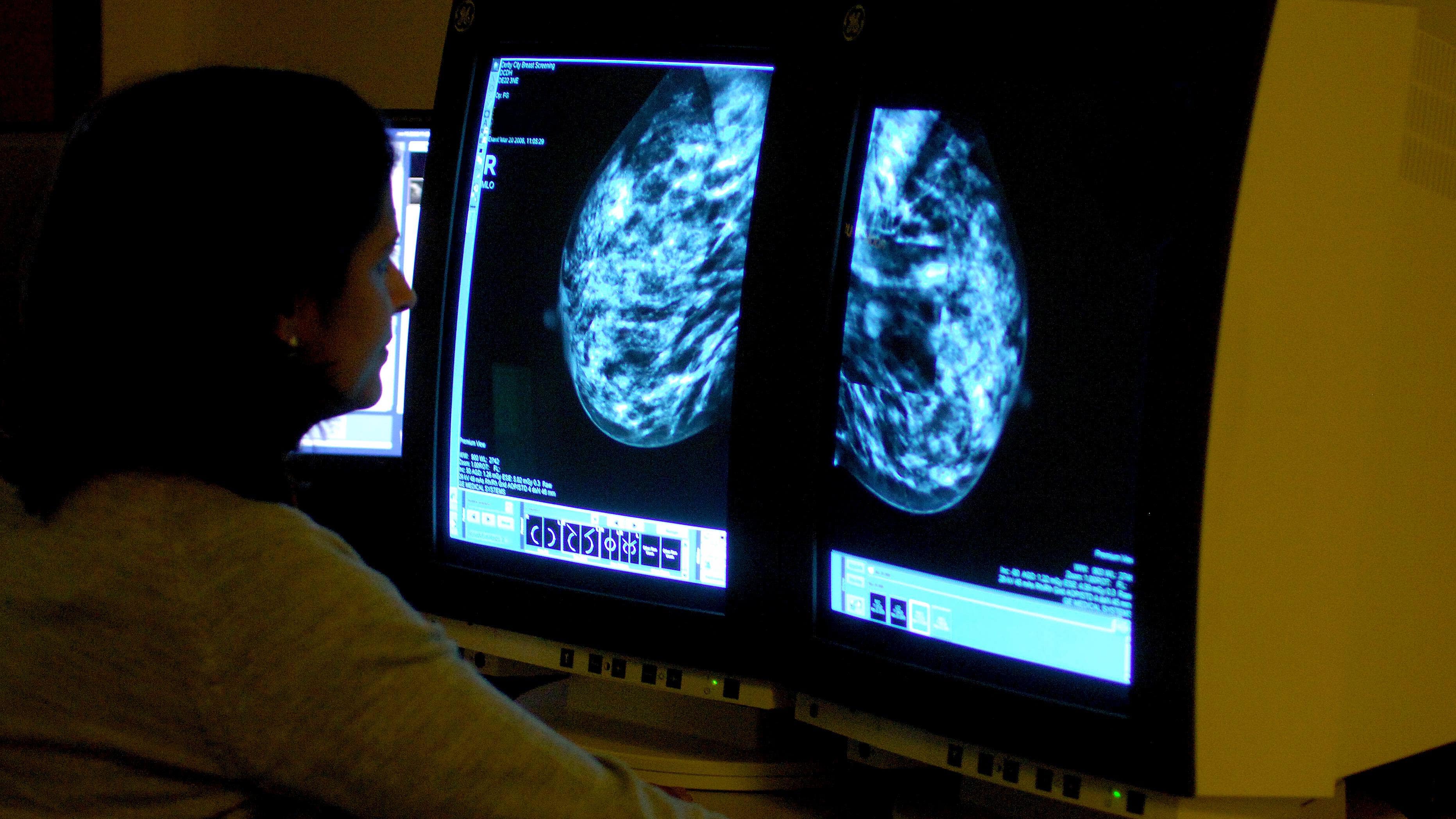Search results
- www.cancer.gov
- › Cancer Types
- › Cervical Cancer
Apr 27, 2023 · When cervical cancer is diagnosed at an early stage, the 5-year relative survival rate is 91%. When cervical cancer is diagnosed after it has spread to nearby tissues, organs, or regional lymph nodes, the 5-year relative survival rate is 60%.
- www.cancer.org
- › …
- › Early Detection, Diagnosis, and Staging
The SEER database tracks 5-year relative survival rates for cervical cancer in the United States, based on how far the cancer has spread. The SEER database, however, does not group cancers by FIGO stages (stage 1, stage 2, stage 3, etc.).
News about Gen-Xers, HPV vaccine, cancer rates
News about UK, cancer care, cancer survival
Also in the news
May 26, 2022 · The five-year relative survival rate for cervical cancer is broken down into these three groups: Localized : 92% (cancer has not spread outside of the cervix or uterus) Regional : 58% (cancer has spread to nearby lymph nodes)
Apr 8, 2021 · Cervical cancer is curable, and survival rates are high if you’re diagnosed and treated early. The key is early detection. Cervical cancer used to have lower survival rates than it does today.
Mar 18, 2022 · More than 14,000 women in the United States are diagnosed with cervical cancer each year, with incident rates dropping more than 50% since the 1970s thanks to an increase in early screening. Depending on the cervical cancer stage, the five-year survival rate is about 66%.
Feb 17, 2022 · In people with cervical cancer that's caught at the earliest stage, the five-year relative survival rate is over 90%. Almost half of all cervical cancers are diagnosed at an early stage. The five-year survival rate is 58% if the cancer has spread to other tissues or organs.
Mar 21, 2022 · When diagnosed early, the cervical cancer survival rate is high. This article will discuss treatments, symptoms, and prognosis for each cervical cancer stage.
Generally, for people with cervical cancer in England: more than 80 out of every 100 (more than 80%) will survive their cancer for 1 year or more after they are diagnosed. around 60 out of every 100 (around 60%) will survive their cancer for 5 years or more after diagnosis.
- www.mayoclinic.org
- › …
- › Diseases & Conditions
In a small percentage of people, however, the virus survives for years. This contributes to the process that causes some cervical cells to become cancer cells. You can reduce your risk of developing cervical cancer by having screening tests and receiving a vaccine that protects against HPV infection.
- seer.cancer.gov
- › …
- › Reports on Cancer
- › Cancer Stat Facts
View Data Table. Rate of New Cases and Deaths per 100,000: The rate of new cases of cervical cancer was 7.6 per 100,000 women per year. The death rate was 2.2 per 100,000 women per year. These rates are age-adjusted and based on 2017–2021 cases and 2018–2022 deaths.




